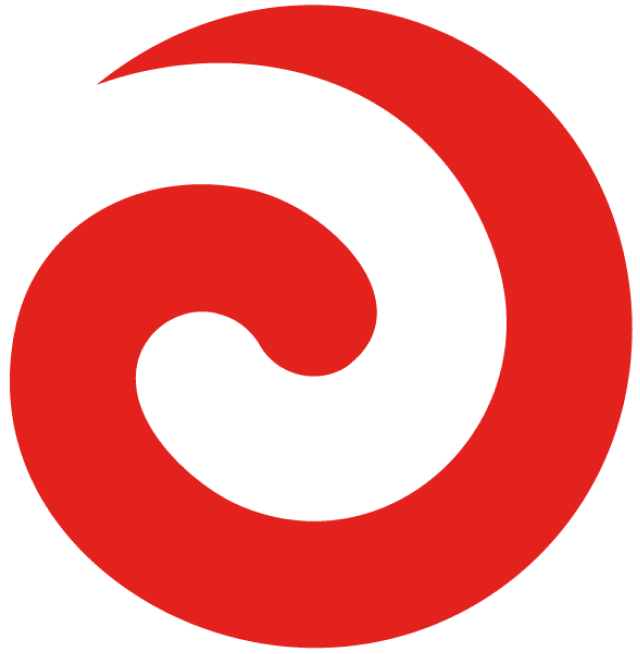This article was first published on RNZ.
It’s a playground, but not as we know it.
At Kerikeri’s newest play area, alongside the usual swings and see-saws, you’ll find logs, rocks, climbing poles and stories about the rohe, or tribal area, of local hapū Ngāti Rēhia.
It’s the first public māra hūpara, a playground designed according to Māori principles, in Northland.
Up to 200 people attended the formal opening at Kerikeri Sports Complex on Friday, including busloads of children from schools in Kerikeri and Matauri Bay eager to try out the new attraction.
However, the new facility - named Te Amo Pūtoro - is designed to be a place of learning for adults as much as it is a play space for children.
Kerikeri Sports Complex committee member Ange Barker said the idea came one day as she watching over the netball courts and rugby fields.
“It was seeing our all our tamariki and rangatahi playing on nothing. We had long grass and two shipping containers, and sometimes the kids would climb up there and jump off the shipping containers, and we were saying, ‘No, no, no, don’t do that!’.”

Not only was there nowhere for children to play while their parents or siblings were training, women were discouraged from returning to sport because their kids would get bored waiting for them.
“Because of all of that, we thought, why can’t we just create an awesome little play area that’s super safe and right by the courts and the fields, so that people can come and enjoy it and enjoy their sport? And it turned into something way more than just a playground,” Barker said.
The project took six years and morphed into a community-wide effort bringing together Ngāti Rēhia, health providers such as Healthy Families Far North, and local businesses.
Te Rūnanga o Ngāti Rēhia chairman Kipa Munro was an advisor to the project.
“The concept of the park is unique in so far as we wanted a playground based on a hūpara, which is sort of a natural playground using rocks and timber and logs. It’s how you would play if you went out into nature.”

Munro said features in the playground were designed to tell stories from the Kerikeri area.
“For example, there’s stories about Kororipo, Rangitāne. We’ve got Mataatua waka in there. And they’re geographically sitting where those places would be as well,” he said.
“The footpaths represent the meandering of the river and there’s rock formations that tell the story of Takou, when people were transformed into rocks to be guardians of the river, those types of things. So all of that is captured in the design.”
Another important feature was the carved gateway, or waharoa, that represented all the experiences children would have in the playground.
Munro said it was not the first māra hūpara in Northland but it was the first one that was council owned, and the first to tell Ngāti Rēhia’s stories.

The name, Te Amo Pūtoro, could be loosely translated as “a place where children can safely play and discover”.
Far North Mayor Moko Tepania was among the guests at the opening.
“Traditional Western playgrounds are places for children to come together and play, but a māra hūpara is actually a space of wānanga, a space of learning. And it’s not just for tamariki. It’s for every single person to learn all about our history,” he said.
Even the mayor was keen to try out some of the playground’s features.
“I definitely am eyeing up that rock climbing wall over there. I reckon I can get to the top.”
Tawhi Tua, of Healthy Families Far North, said the playground was designed to build children’s confidence, and develop some of the skills their ancestors would have had.
“When we think about how our tūpuna lived back in the day, it was all about running on the ground, on the whenua. It was about jumping rocks. It was about balancing. All of those elements have been incorporated into the play space here, so it teaches our kids how to do that, but in a playful way, without it being so structured.”
Despite the māra hūpara’s serious purpose, Munro said kids would still have fun playing on it.
“I wish I was a child myself. There’s some unique things the kids can play on, and the landscaping adds to that as well. We’ve brought in a lot of the natural aspects of our taiao [environment], and joined them together with playground fixtures. So yeah, of course they’ll enjoy it.”
Children spoken to by RNZ agreed.
The swings, climbing poles, and the playground equivalent of a merry-go-round proved especially popular.
Seven-year-old Cortana, however, also appreciated the thought and artwork that had gone into the project.
“I like the whole playground. It’s like cool and all. I like the designs on that carving over there, where you enter. It’s pretty cool. Whoever made this, they deserve a good day.”
Te Amo Pūtoro is located at Kerikeri Sports Complex, off Waipapa Road next to the Heritage Bypass.
By Peter de Graaf of RNZ.


